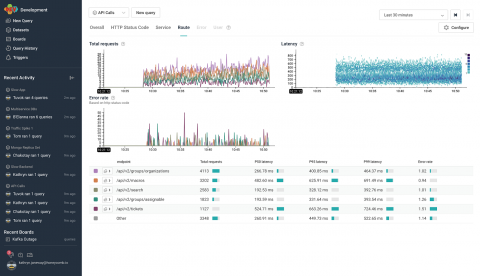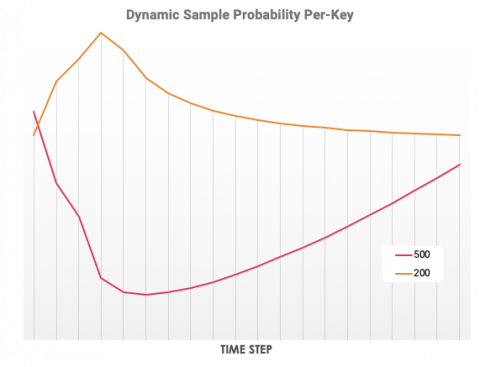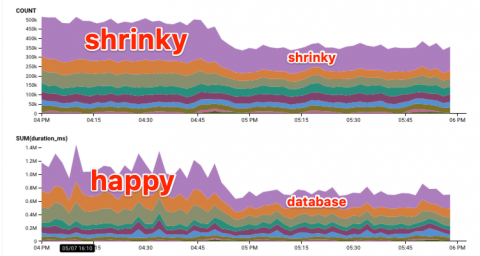Automating Collection of Troubleshooting Data with Triggers: a How-To Guide
Everyone wants to be more efficient — to spend less time on the tedious things, and more time on the things that move the needle. As much as possible, if you can automate those tedious things, you should. With Honeycomb, we enable you to understand how your application behaves in production through the ability to iteratively ask questions of the system instrumentation data, no matter how granular. Honeycomb triggers enable you to be notified when specific things happen in your system.








